Below we offer general guidance to cooking with truffles, a selection of serving ideas, and some of the classic truffle dish recipes. For more inspiration, please visit our truffle cooking gallery to see photos from our professional chef and home cook customers. For something different, we also present some 18th and 19th century ways of eating truffles.
“Truffle is not simply a taste, but an experience.”
General Guidance
- Species: Our English black summer and autumn truffles are close cousins to the famous black truffle – the Périgord truffle, also known as black winter truffles, or simply “black truffles”. Ours can be used interchangeably with these in any recipe.
- Quantity: For most dishes you will require 8 – 12 grams per person. A starter will want less than a main course. A 50-gram truffle is about the size of a large hens egg. A 100-gram truffle is about the size of a tennis ball.
- Keep it simple: Truffles are most appreciated in simple recipes. Avoid using with ingredients with strong flavours or smells as the truffle flavour will be lost. Simple foods like pasta, rice, eggs or potatoes bring out the delicious truffle flavour.
- Use fats: The truffle aroma clings to foods containing fats such as eggs, cheese and cream.
- Shaving and Slicing: A truffle slicer/shaver helps you slice your truffle into paper-thin slices. This gives the most truffle flavour and gets the most servings out of your truffle. In some recipes, a grater or microplane is used.
- Avoid a lot of heat: Don’t cook them too much or you will drive off much of the flavour and aroma. If using in a hot dish, such as a soup or sauce, slice or grate the truffle in just before serving or warm briefly in a little oil.
- Use quickly: The strength of the truffle flavour will naturally decrease over time. We get our truffles to you as fast as we can and recommend you should eat within a few days. Our truffle care page gives guidance on how to store them.
- Wines: “When choosing drinks, a sparkling white wine is an excellent choice, with the respected bottles of southern England an ideal candidate – what grows together goes together, as they say. A white Burgundy will have come from very similar conditions to those nurturing our English truffles. If choosing red, a pinot noir is often light enough to complement the truffle without overwhelming it, and its earthiness is a great match”. Source: Great British Chefs: The past, present and future of English truffles
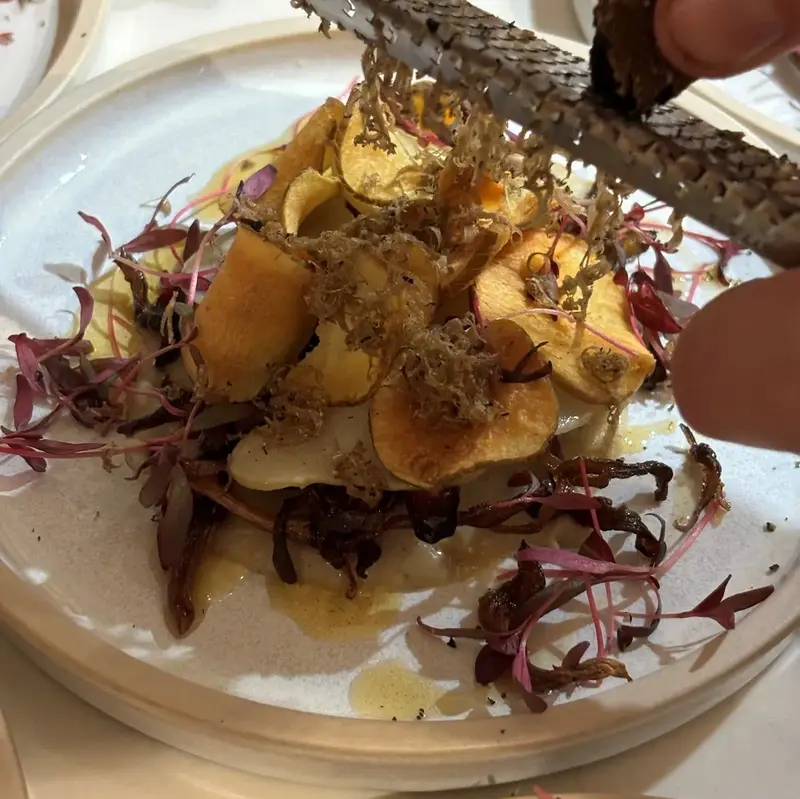
Serving Ideas
- Simply shave them liberally over pasta or risotto.
- They pair very well with egg dishes – scrambled egg, omelette, soufflé, a flan or just fried.
- Our autumn truffles are usually enjoyed raw. Shave them over cheese dishes, chicken, fish, canapés & hor d’oeuvres or grated into creamy soups or sauces just before serving.
- Infuse the flavour into eggs or cheese.
- Insert slices under the skin of poultry (chicken, turkey, pheasant, duck or guinea fowl), store overnight before cooking it.
- Make truffle mashed potato.
- Cream and cheese sauces thoroughly take up their flavour.
- Make truffle butter, truffle cream or truffle mayonnaise.
- For some unusual truffle pairings (bacon, banana, beef, beer, blue cheese, cauliflower, miso and onion) see this article for suggestions.
- For something different, try Truffle Gin or Martinis.
- For some more inspiration, see our Truffle Cooking Gallery.
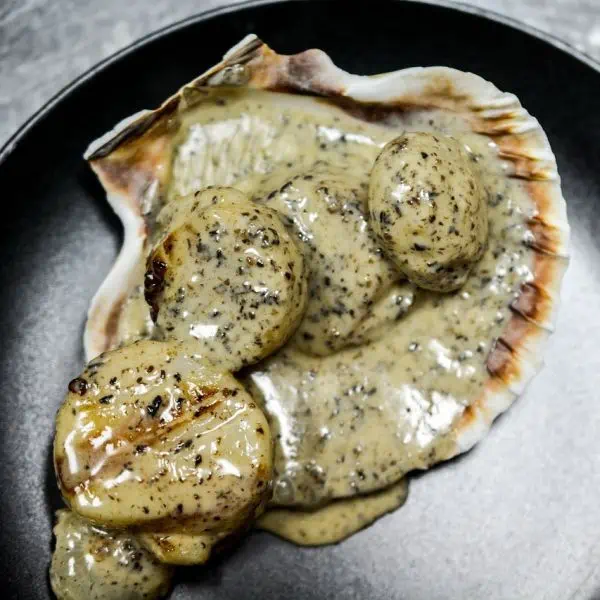
Making Truffle Oil
We strongly recommend that you DO NOT try to make your own truffle oil due to the risk of the bacteria that can cause the dangerous botulism toxin to develop. Commercial manufacturers are aware of the hazard and will have followed safe practices.
| The advice of the UK Food Standards Agency to consumers is that vegetable in oil products [e.g. truffle oil] should not be made in the home. Although recipes can be found in cookery books, magazines and websites it should not be assumed that they have been designed to control the risk of botulism. If consumers decide to make these products, then they should be used immediately and any left-over thrown away. Source – Advisory Committee on the Microbiological Safety of Food (PDF file). |
If you do make truffle oil by placing shaved, grated or whole truffle in oil, you MUST refrigerate it and use it within a few days. A better alternative we have seen, but not tried is to:
Use a larger Tupperware container and place an open bowl of olive oil in it, with the truffles around the outside of the bowl. The key point is that the truffles never actually contact the oil, only the aromatics are absorbed.

We produce several newsletters per year with truffle news, events, goods, services and offers.
Recipes
Below are some classic truffle recipes and some truffle pudding suggestions! Additionally, we are delighted to reproduce River Cottage Head Chef Gill Meller’s recipe for Oatmeal with chicken skin & leeks (with our truffles) from his book gather.
If you would like to see a much greater range of recipes, we recommend the book Discovering the Great British Truffle by Marion Dean and Maz Pennington. With around 50 wonderful recipes, it features truffle starters, light meals and lunches, main courses and puddings. Example dishes would be Truffled Scotch Egg, Truffled Ballotine of Chicken, Venison Wellington, Truffled Rice Pudding and Truffle Trifle!
Truffled Eggs
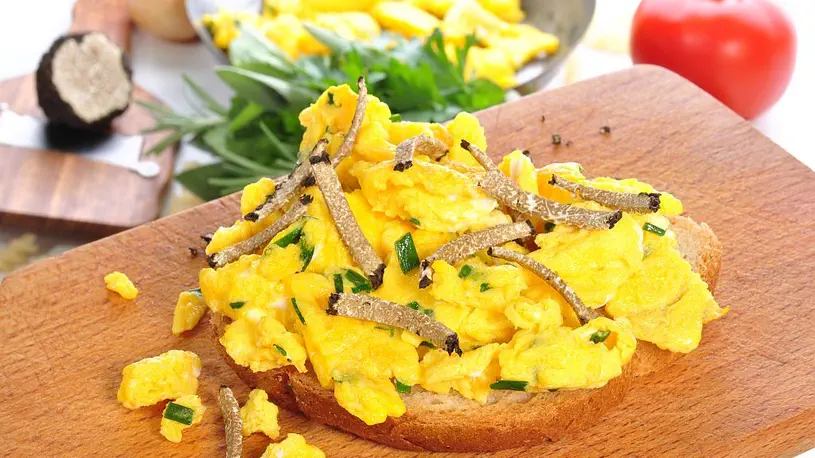
Infuse the wonderful flavour and aroma of truffles into raw eggs to use to cook your favourite egg dish.
- Put one or two fresh truffles with some fresh, free-range eggs (in their shells) and a sheet of kitchen towel in a large sealable container (plastic box or glass jar with a lid).
- Store in the fridge for 2-3 days.
- The eggs will be infused through their porous shells with the wonderful truffle aroma and flavour.
- Use the eggs to prepare your favourite egg dish – scrambled egg, omelette, soufflé, a flan or simply a fried egg. The yolks could be used for egg yolk-based emulsified sauces.
- Optionally, shave some of the truffle onto the finished egg dish.
Truffles with Pasta
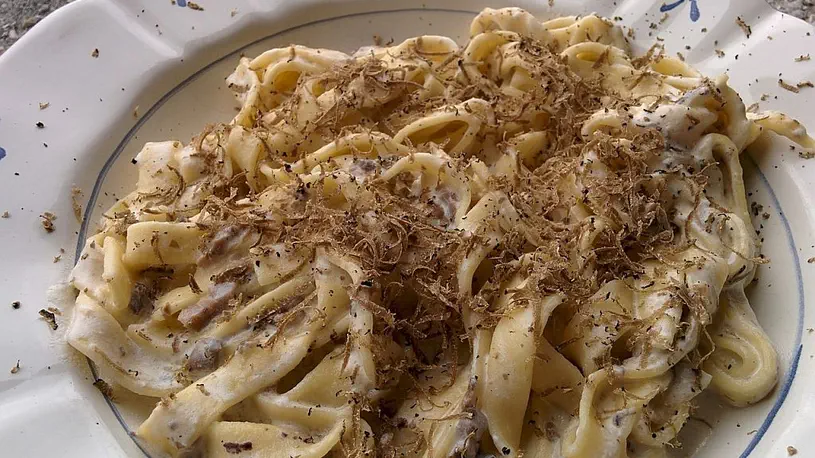
This simple recipe is a super way of enjoying Autumn truffles. For a variation on this, try Spaghetti Cacio e Pepe con Tartufi or this version with crab (subscription or free trial required)
- Cook pasta in a large pot of salted water following the instructions on the packet.
- When the pasta is cooked ‘al dente’, drain and reserve some of the cooking water.
- Gently melt a knob of unsalted butter in a large pan, toss the pasta in the butter and a few tablespoons of cooking water until most has been absorbed.
- Season with salt and black pepper.
- Serve with grated Parmesan or Parmigiano Reggiano, grated or shaved truffles and a generous glug of extra virgin olive oil.
Truffle Risotto
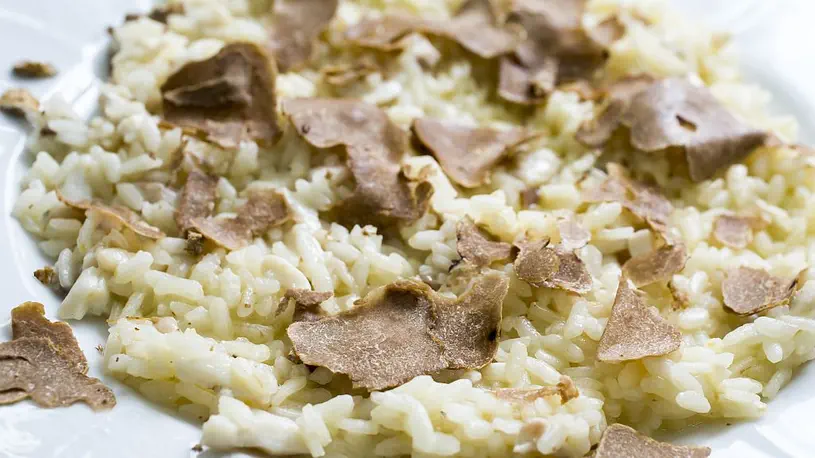
Ingredients – serves 2:
- 1 small onion or 2 shallots, chopped very finely
- 2 cloves of garlic, peeled and very finely chopped or minced
- 50g/2oz butter
- 200g/7oz arborio rice
- 500ml/17fl oz chicken or vegetable stock
- 1 wine glass white wine
- 100g grated Parmigiano-Reggiano / Pecorino / Parmesan cheese
- Fresh Autumn truffle – some grated, some for shaving
- Salt and black pepper
- Olive oil
To make:
- Bring the stock to simmering point on a low heat.
- In a separate, fairly heavy-based saucepan sweat the onion or shallot and garlic in the butter for a few minutes until soft but not coloured.
- Add the rice and cook for a further few minutes.
- Add a ladle of the hot stock and allow to come to a gentle simmer. Cook the rice until almost all the liquid has been absorbed, stirring occasionally to make sure the risotto does not catch on the bottom of the pan.
- Continue to add the liquid by degrees, incorporating the wine towards the end of the cooking, until the liquid is all absorbed, the risotto is creamy, and the individual rice grains tender with just a hint of chalkiness in the middle.
- Remove from the heat. Stir in the cheese and grated truffle.
- Season to taste with salt and pepper.
- Decorate with a few slices of thinly sliced truffle.
Truffled Cheese
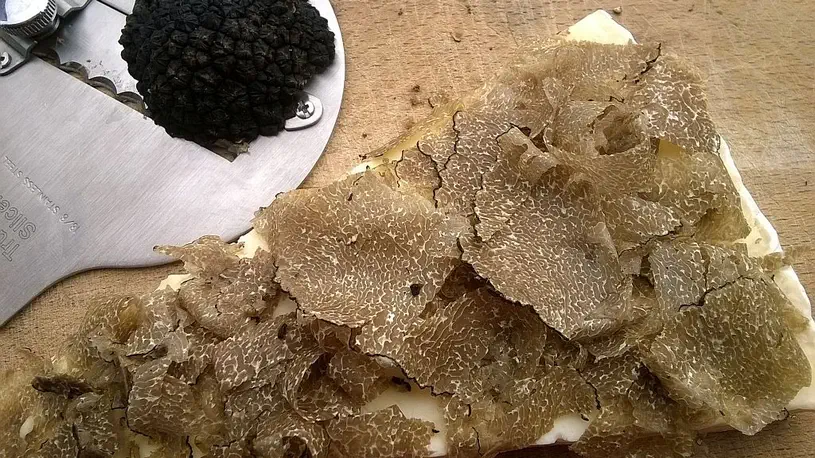
- Slice Brie, Camembert or Tomino cheeses horizontally.
- Optionally, spread both sides with mascarpone.
- Shave in truffle.
- Reassemble and wrap in cling-film or foil.
- Leave for several days for the flavour to infuse.
You can:
- Serve at room temperature on cheese biscuits, or
- Wrap in foil and bake for 5 minutes, or
- Dip in flour, eggs, then breadcrumbs. Fry in very hot oil until golden. Drain on paper towels to remove excess oil and serve warm with a fruit sauce or jam (raspberry, red currant etc.).
Truffle Butter
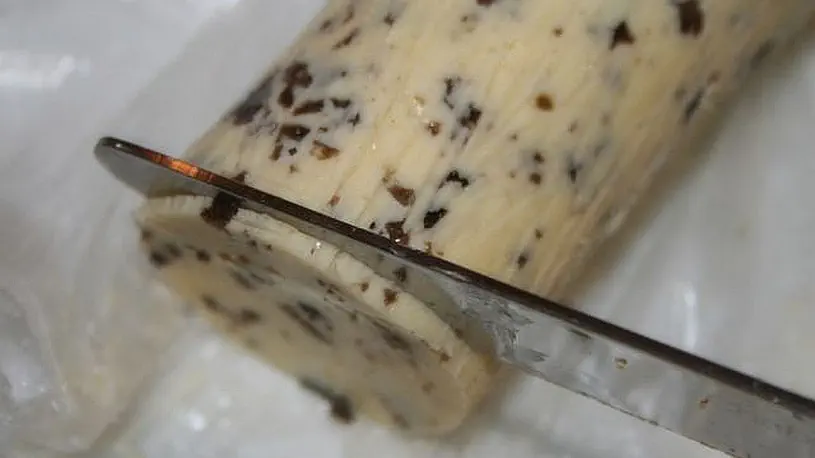
A great way of using fresh truffle, especially if you find yourself in the unfortunate position of having a surplus! It works with dairy or plant-based butter. You should aim for about 10% truffle.
- Finely grate a fresh truffle.
- Mix into softened, salted butter.
- You can scrape it into a jar or make a “log” by rolling it in baking parchment or cling-film.
- Leave for two or more days in the fridge for the truffle to infuse through the butter.
- Let stand at room temperature for an hour before using
- Truffle butter freezes well and can be kept for 6 months.
How to use your truffle butter:
- Put on steak, new or baked potatoes or veg such as leeks or asparagus.
- Rub into the skin of chicken, turkey or game before roasting.
- Stuff chicken breasts like for Chicken Kyiv.
- Add a knob to a sauce or soup for a rich, truffle flavour.
- Use for egg dishes such as scrambled egg or omelette.
- Add to sautéed mushrooms or mashed potato!
- Stir a spoonful into pasta or risotto.
- Use in sandwiches, on toast, crumpets, crusty bread or crackers.
- Melt onto popcorn.
- Asparagus and cod with truffle butter and flatbreads.
- Try this decadent recipe – Lobster tails with honey and truffle butter sauce (subscription required)
- Cook truffle-marinated scallops in truffle butter.
Truffle Puddings!
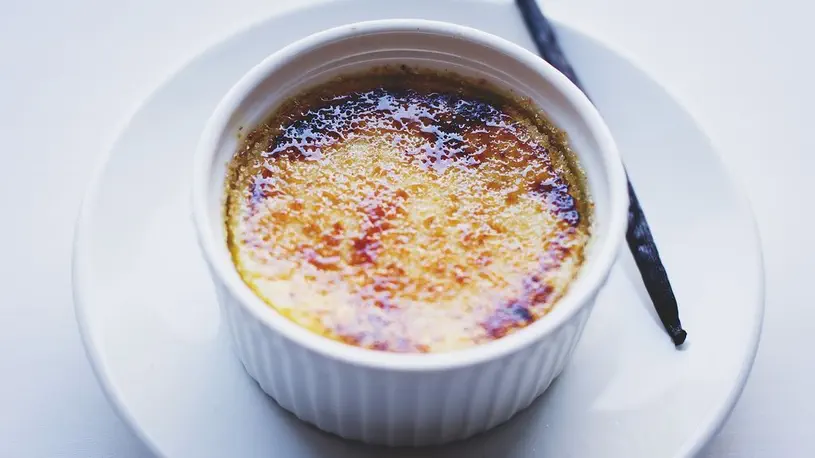
Black truffles can be used in all courses of a meal including puddings. We all know that truffles go very well with cream and eggs, the starting point for many puddings, so why not give truffle puddings a try. Here a few pointers:
- Truffle Crème Brulée
- Truffle snow eggs (Meringues, egg custard (with grated truffles), topped with caramel and sliced truffle). Masterclass video.
- Truffle Waffles – One London restaurant offers waffles made with black truffle and served with fresh truffle-infused maple syrup.
- Black Truffle Ice Cream – a centuries-old recipe! There are quite a few other versions including Truffle and white chocolate with truffle ice cream
- Pavlova with Tangerine and Black Truffles
- Black Truffle Panna Cotta
- Black Truffle Soufflé with Orange Brandy Liqueur
